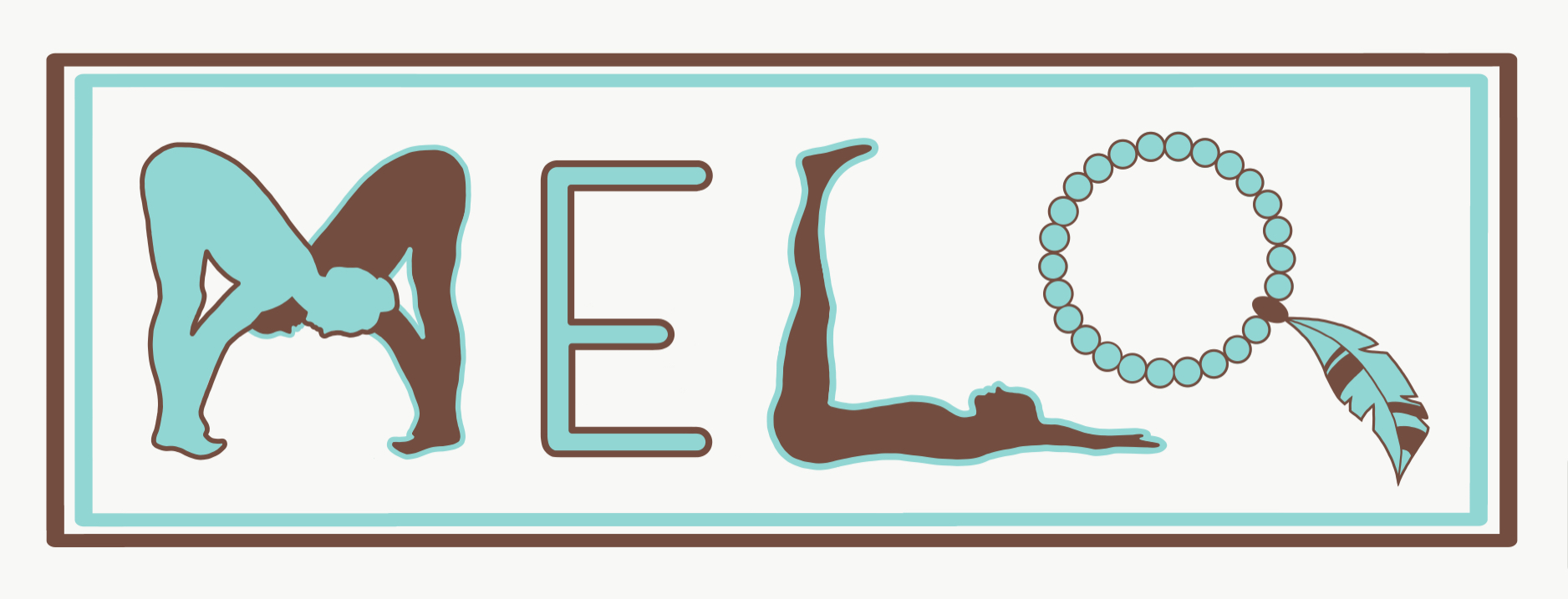A form of exercise for us all:
Yoga is an universally performed exercise for people of all ages. The numerous different forms of yoga, means there are potential benefits for everyone. The focus of this article is how yoga can be especially beneficial for us during the mid to later stages of our lives. Lets explore the ways yoga can be help us as we age:
1. Yoga can improve our flexibility:
As we age, our bodies can lose its natural ability to move the joints in the body, in a sufficient range of motion. Yoga can help improve flexibility and range of motion. General flexibility is needed to perform everyday activities such as bending to reach things, squatting to sit down and lifting things up to name a few examples. Whilst also reducing the risk of injury. One study found performing hatha yoga at least once a week, improved back flexibility.
2. Helps ease stress and anxiety:
Chronic stress can cause serious harm to our body and minds. It’s common for people to feel a mental or/and physical exhaustion when experiencing stress for long periods of time. As we get older, we succumb to new stressors such as health concerns, family issues, financial worries and a lack of socialising. Yoga can help reduce stress levels and promote relaxation. Which can have a positive impact on overall health and well-being. Another study found that performing yoga a few times a week, decreased perceived stress and physical stress.
3. Improves your balance:
Balance increasingly becomes more difficult as we age, which can increase the likelihood of falls and other injuries. Practicing yoga can improve balance and coordination. This can be significantly positive for helping people feel more self-confident and stable in everyday life. Studies have determined that regular yoga can help reduce the fear of falling and overall balance for everyday life.
4. Helps reduce the risk of fractures:
As mentioned in one of our previous articles, our bone density significantly weakens as we get older. Due to a lower bone density we can develop a skeletal condition called Osteoporosis and other bone-related issues. Osteoporosis increases the chances of fractures due to how brittle our bones can become. The most commonly effected areas are the hip, wrist and spine. Certain yoga poses can promote proper weight bearing for our bones, which is important for strengthening bones and preventing bone loss. As a result, reducing the risk of fractures and other injuries. A contemporary study concluded that adding daily yoga (less than 30 mins a day) can help increase bone density in the hips and spine.
5. A means of socialising:
Yoga classes provide a good opportunity for everyone and anyone to connect with others who share similar interests and goals. It offers an inclusive space to work on your mind, soul and body alongside people hoping to do the same for themselves. The shared connection can form a social bond, which is shown to improve mental health and provide a sense of belonging.
A peaceful conclusion:
Overall, yoga can be worthwhile exercise for older individuals to maintain their physical and mental health. It’s a low-impact exercise that can be adapted to any fitness level and technical understanding, making it a great choice for those who may have physical limitations. So why not give yoga a try and see how it can benefit you?
